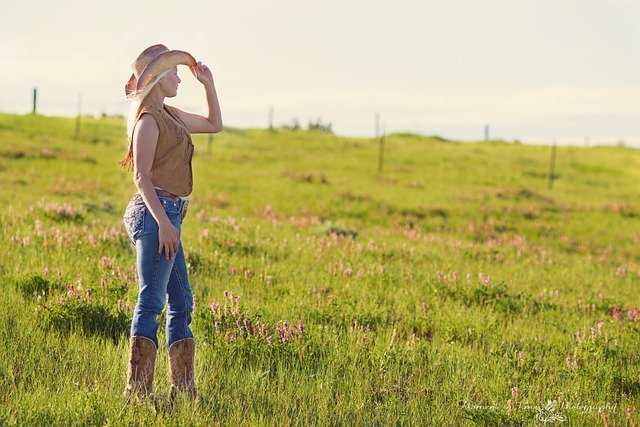**"Sustainable Fashion: How to Build an Eco-Friendly

Sustainable Fashion: How to Build an Eco-Friendly Wardrobe
In recent years, the fashion industry has come under scrutiny for its environmental impact. From the excessive use of resources to the pollution generated during production, the need for sustainable fashion has never been more pressing. This post will guide you on how to build an eco-friendly wardrobe that not only looks good but also contributes positively to the planet.
Why Choose Sustainable Fashion?
Sustainable fashion focuses on creating clothing in a way that is environmentally friendly and socially responsible. Here are some reasons to consider:
- Reduced Environmental Impact: Sustainable materials and practices minimize waste and pollution.
- Ethical Production: Many sustainable brands prioritize fair labor practices and support local communities.
- Quality Over Quantity: Sustainable fashion often emphasizes durability, leading to longer-lasting garments.
Steps to Build Your Eco-Friendly Wardrobe
1. Assess Your Current Wardrobe
Before making any new purchases, take a moment to evaluate what you already own. Consider:
- What do you wear most often?
- Are there pieces you rarely use?
- Can you repair or repurpose items instead of discarding them?
2. Choose Sustainable Materials
When shopping for new clothing, look for brands that use sustainable materials. Some eco-friendly fabrics include:
- Organic Cotton: Grown without harmful pesticides and chemicals.
- Tencel (Lyocell): Made from sustainably sourced wood pulp and produced in a closed-loop process.
- Recycled Polyester: Created from recycled plastic bottles, reducing waste and resource consumption.
3. Support Ethical Brands
Research brands that prioritize sustainability and ethical production. Look for certifications such as:
- Fair Trade
- Global Organic Textile Standard (GOTS)
- OEKO-TEX® Standard 100
4. Shop Second-Hand
Thrift stores, consignment shops, and online platforms like Poshmark and Depop offer a treasure trove of pre-loved clothing. Shopping second-hand:
- Extends the life of garments.
- Reduces demand for new items.
- Often saves you money!
5. Practice Mindful Consumption
Before making a purchase, ask yourself:
- Do I really need this item?
- How often will I wear it?
- Can I style it in multiple ways?
6. Care for Your Clothes
Extend the life of your garments by taking good care of them:
- Wash Less: Only wash clothes when necessary to reduce wear and energy use.
- Cold Water: Use cold water for washing to save energy.
- Air Dry: Whenever possible, air dry your clothes instead of using a dryer.
7. Recycle or Upcycle
When it's time to part with clothing, consider:
- Recycling: Many brands offer recycling programs for worn-out garments.
- Upcycling: Get creative and transform old clothes into something new, like turning jeans into a bag.
Conclusion
Building an eco-friendly wardrobe is a journey that requires mindful choices and a commitment to sustainability. By assessing your current wardrobe, choosing sustainable materials, supporting ethical brands, shopping second-hand, practicing mindful consumption, caring for your clothes, and recycling or upcycling, you can make a positive impact on the environment.
Together, we can reshape the future of fashion—one conscious choice at a time!
Feel free to share your thoughts and tips on sustainable fashion in the comments below! 🌱✨

All images are taken from the Pixabay.com
Upvoted! Thank you for supporting witness @jswit.